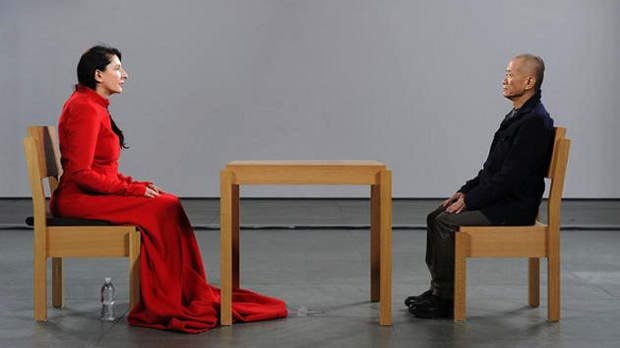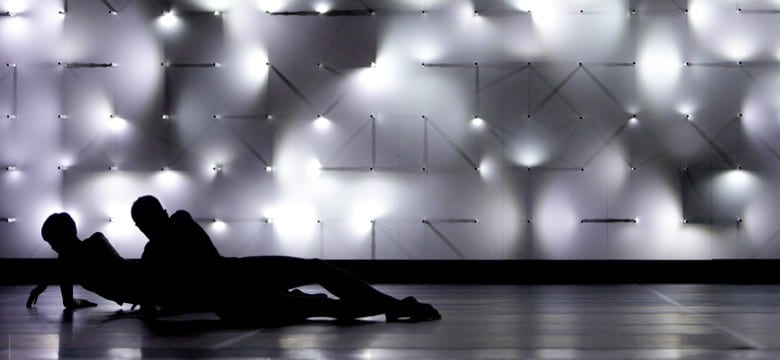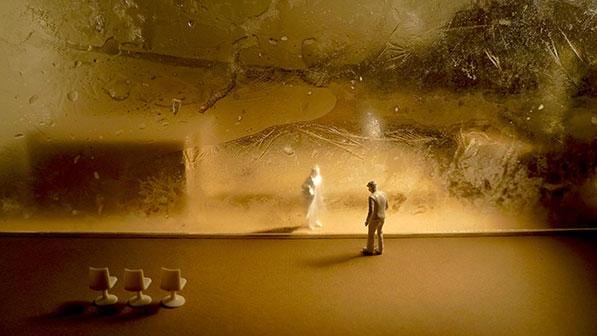By Tony Gardner (pp.102-110)
- The time in which the work can be experienced by an audience is not the control of that audience: being there fundamentally means being there at the right time.
- The audience appears to give up individual control of time as part of the basic contract of live theater and submits to the “shared time” of the performance.
- “Live performance exists in the present, and human beings have a need to be present in this life”. (McBurney)
Pitches, J., and Popat, S. (ed.) (2011) Performance Perspectives: A Critical Introduction. New York: Palgrave Macmillan




